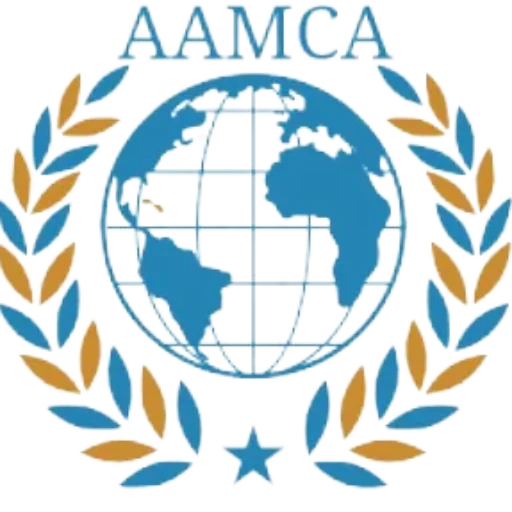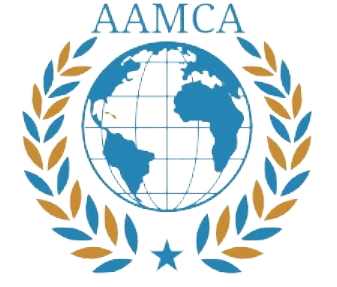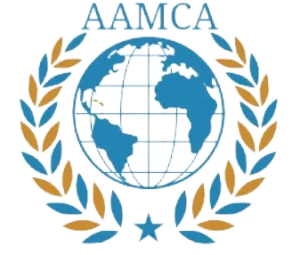The Surging Demand for Minerals and Its Implications
The global market has witnessed a significant increase in the demand for minerals, driven by various factors, including technological advancements and the growing consumption of resources across multiple industries. Among the most sought-after minerals, gold holds a particular prominence due to its wide application in jewelry, electronics, and as a financial asset. This surging demand has not only led to escalating prices but has also raised critical concerns related to crime, corruption, and instability within mineral supply chains.
As industries expand and economies evolve, the reliance on minerals becomes more pronounced. For instance, the rise of renewable energy technologies and electric vehicles has intensified the need for specific minerals essential for their production. As a result, nations rich in these resources face mounting pressure to exploit them, often leading to a myriad of challenges. The lucrative nature of these minerals can attract illegal activities, including unwarranted mining operations and trafficking, where unregulated entities exploit the lucrative nature of mineral extraction.
The increasing prices associated with minerals like gold also exacerbate the risks of corruption within the supply chains. Governments and organizations may find themselves grappling with ethical dilemmas as they navigate the complexities of regulating mineral extraction while ensuring that the economic benefits are equitably distributed. In many cases, local communities suffer from the repercussions of such corruption, facing displacement and a lack of access to the resources that they traditionally rely upon.
In this context, the implications of rising mineral demand extend far beyond mere economic figures. They influence geopolitical stability and challenge the regulatory frameworks intended to manage these resources. The intersection of mineral exploitation with crime and corruption effectively illustrates the darker side of this growing demand and demands a comprehensive and coordinated response from international stakeholders.
Actors in Minerals Crime: Who’s Involved?
The illegal trade in minerals, particularly gold, involves a wide range of actors, each driven by distinct motivations and operating under various circumstances. Organized crime groups are among the most prominent players in this illicit industry. These groups often have sophisticated networks that facilitate the smuggling and distribution of illegally obtained minerals. Their primary motivation is profit, and they frequently employ violence and intimidation to maintain control over their operations. In many instances, these groups may develop alliances with local warlords or corrupt officials, thereby ensuring their activities go unchallenged.
Corporations also play a significant role in the minerals crime landscape. While some corporations strive to operate within legal frameworks, others may turn a blind eye to the origins of the minerals they source, particularly when it comes to conflict minerals or those mined in ecologically damaging ways. This complicity allows them to benefit from lower production costs, often at the expense of local communities and environments. These corporations may exploit vulnerable populations, employing miners who are willing to work under perilous conditions, thereby perpetuating cycles of poverty and violence.
Individual miners, drawn by the allure of quick and significant financial gain, often find themselves entangled in this nefarious web. In many regions, particularly in parts of Africa and Latin America, illegal mining operations thrive due to desperation and a lack of viable alternatives. Many of these miners are unaware of the larger dynamics at play or the profound impact their activities have on local ecosystems and social structures. Furthermore, established networks, such as drug trafficking organizations, are increasingly entering the minerals trade, exploiting the same vulnerabilities that have made the illegal gold market so lucrative. This convergence of interests complicates the landscape of minerals crime, rendering it a complex and multifaceted issue that demands thorough examination and strategic intervention.
The Mechanisms of Illegal Mining and Trafficking
Illegal mining and trafficking of unprocessed metals and minerals are complex activities underpinned by a range of deceitful practices. At the core of these operations are criminal networks that utilize sophisticated methods to extract and distribute resources without adhering to legal frameworks. Fraud is a common occurrence; operators often misrepresent the origin and legality of their minerals, deceiving buyers into believing they are purchasing legitimate goods. This deceit allows them to integrate illegally sourced materials into legitimate supply chains, posing a significant challenge to regulatory authorities.
Corruption plays a pivotal role in facilitating illegal mining activities. Corrupt officials may accept bribes to overlook illegal operations or issue permits that should not be granted, thus creating a façade of legality. This collusion enables criminal enterprises to operate with relative impunity while undermining efforts to maintain the integrity of the mining sector. Furthermore, money laundering schemes are frequently employed to disguise the financial gains from illegal mining. Criminal actors often use a variety of tactics, such as shell companies or offshore accounts, to mask the true source of their income, enabling them to reinvest illicit profits into further operations or legitimate businesses.
The exploitation of legal loopholes and inadequate regulatory frameworks further exacerbates the issue. In many regions, laws governing mining and resource extraction may lack the necessary robustness to address the complexities of illegal operations. Consequently, criminals can navigate around these gaps, continuing their activities with little risk of arrest or prosecution. In some cases, the very lack of clear regulations invites exploitation, allowing individuals to take advantage of ambiguities in the law. Addressing these multifaceted challenges requires a coordinated response from governments, businesses, and civil society to reform regulations and strengthen enforcement mechanisms, ultimately reducing the prevalence of illegal mining and trafficking.
Environmental and Social Consequences of Minerals Crime
The demand for minerals has increased dramatically in recent years, leading to a surge in illegal mining activities. This unregulated extraction creates significant environmental degradation, posing severe threats not only to ecosystems but also to the communities surrounding mining sites. One of the most critical environmental concerns is the use of hazardous substances such as mercury, which is commonly employed in the process of gold extraction. This toxic metal contaminates water bodies, leading to adverse health effects for humans and wildlife alike.
Moreover, illegal mining is closely associated with deforestation, as vast areas of forest land are clear-cut to access mineral resources. This deforestation disrupts local biodiversity, diminishes carbon storage, and contributes to climate change. The loss of forests also affects indigenous communities who depend on these ecosystems for their livelihoods, undermining their rights and exacerbating poverty levels. The illegal disposal of mining waste further compounds these issues, as toxic by-products contaminate soil and waterways, impacting agriculture and drinking water sources.
From a social perspective, the consequences of minerals crime extend to local populations, many of whom find themselves subjected to forced labor and exploitation within the mining industry. Individuals, including women and children, are often coerced into working under hazardous conditions for minimal pay. Furthermore, illegal operations can force communities off their land, resulting in displacement and social unrest. The urgent need for effective regulations and protective measures cannot be overstated, as local communities require support to combat these dire social and environmental impacts. Addressing these issues is essential to fostering sustainable mineral extraction practices that prioritize both human rights and environmental conservation.




